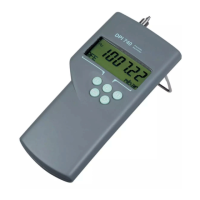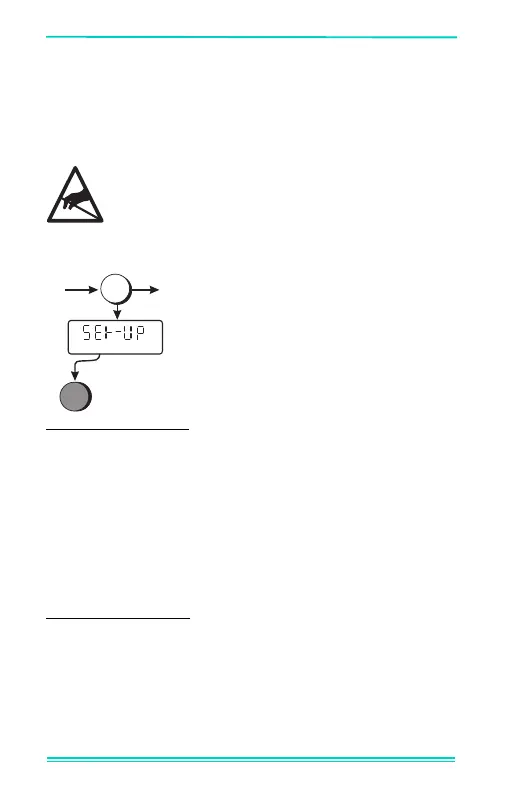
 Loading...
Loading...
Do you have a question about the GE Druck DPI 740 and is the answer not in the manual?
| Accuracy | ±0.025% of full scale |
|---|---|
| Display | LCD |
| Operating Temperature | -10°C to 50°C |
| Power | Rechargeable battery or AC adapter |
| Resolution | 0.001 bar |
| Protection Rating | IP54 |
| Pressure Media | Gases and liquids compatible with 316 stainless steel |
| Output | Analog and digital |
Instructions on fitting and handling the instrument's batteries, including safety precautions.
Describes how to connect the instrument to power sources and communication interfaces like RS232.
Explains how to select and use different measurement modes: Local, Sea Level (QFF), and Altitude.
Details the functions for processing measurement results, including Tare, Filter, and Max/Min tracking.
Describes how to access and navigate the instrument's setup menu for various configurations.
Explains how to interpret and resolve displayed error messages like OVERRANGE ERROR and SYSTEM ERROR.